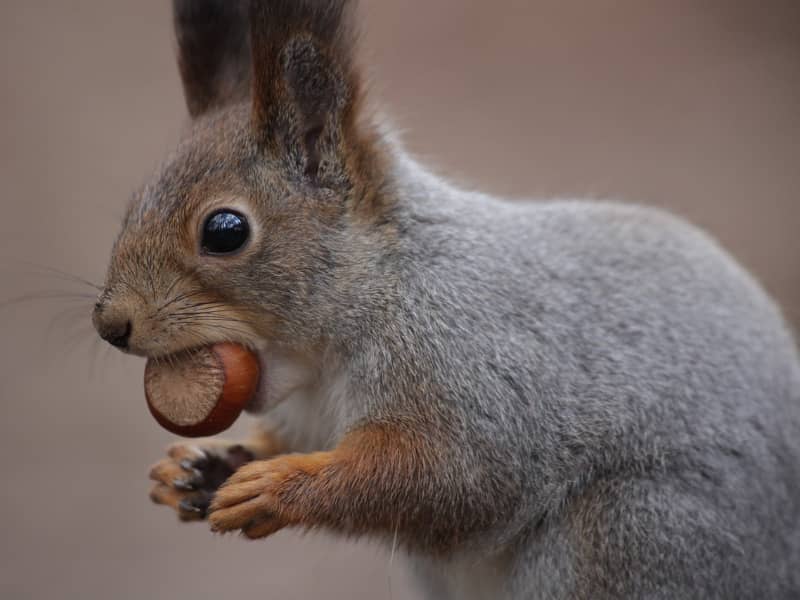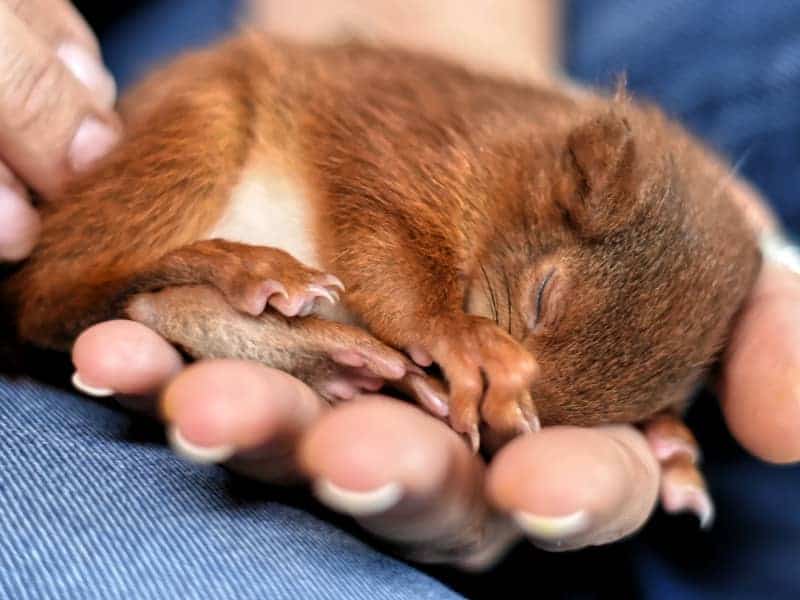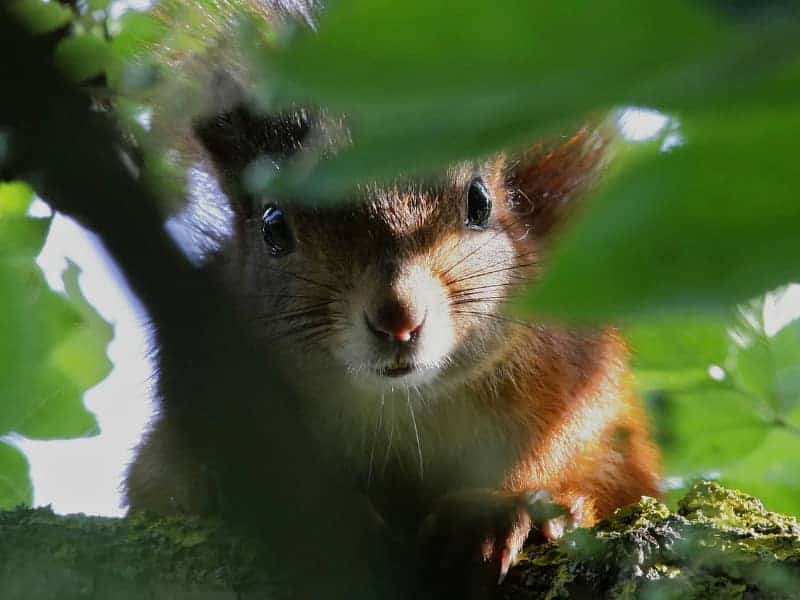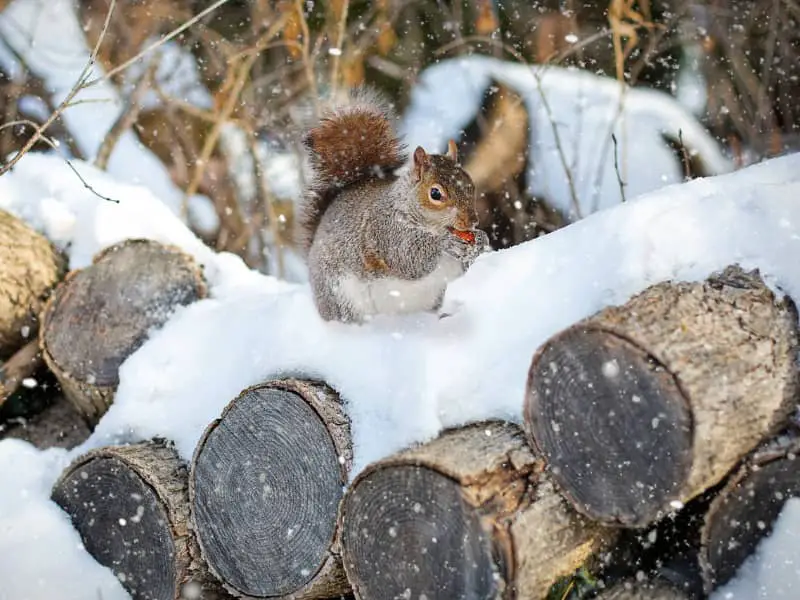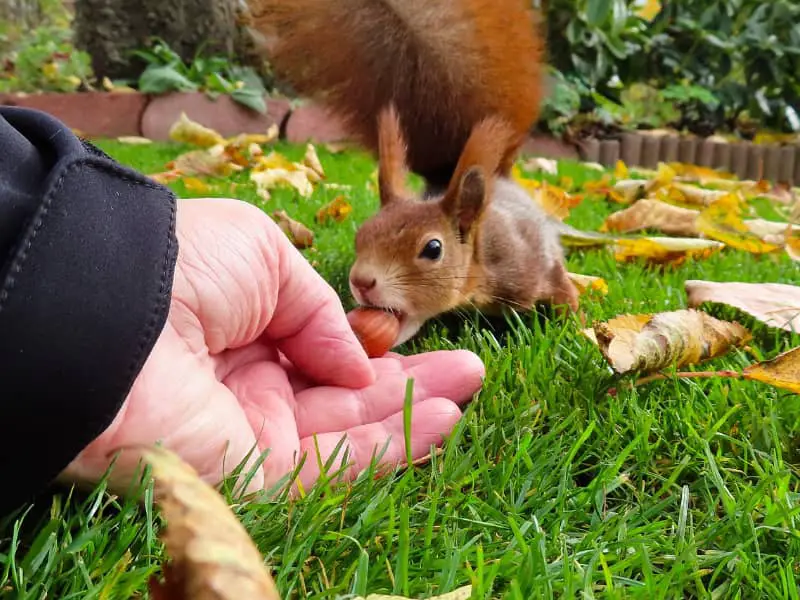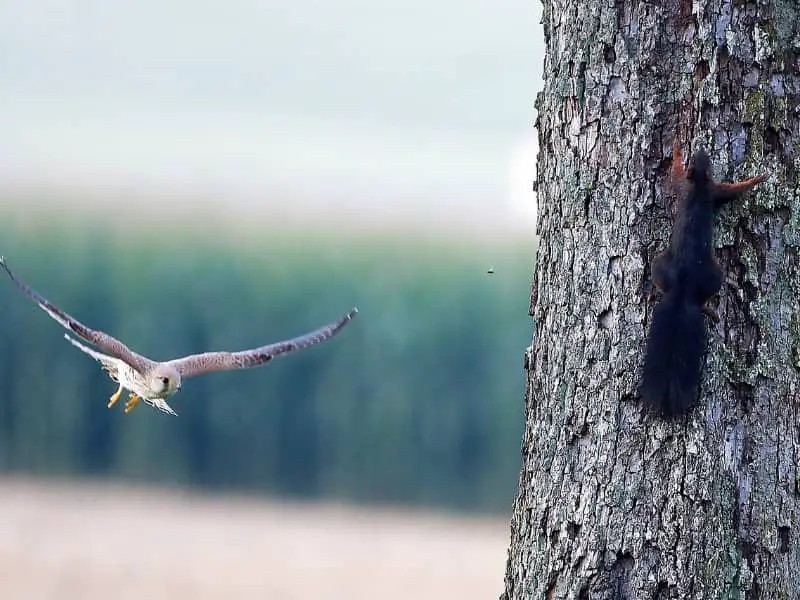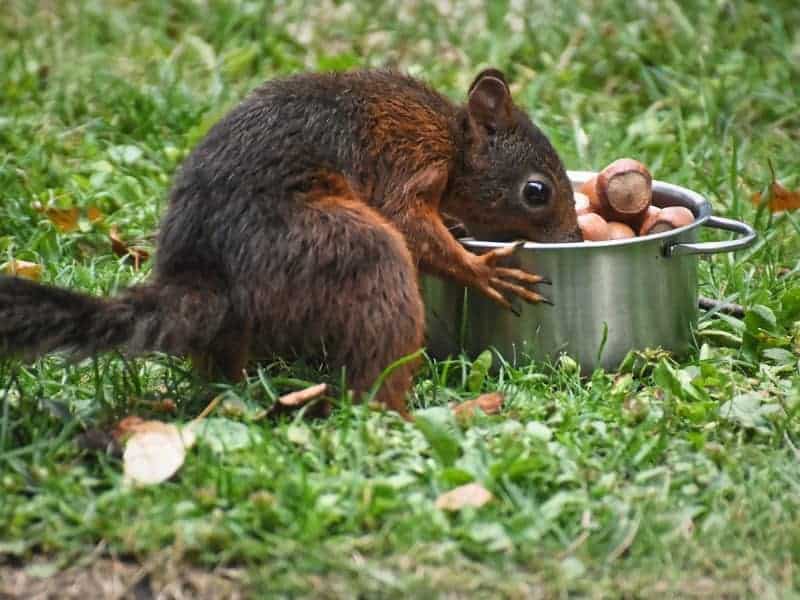
Squirrel hazelnuts
Besides hazelnuts, you can also buy other food for the squirrel. However, not all nuts are the same. You must consider some things if you want to support the squirrel in your garden with food gifts. With our information you are in any case on the right side, if it is about Hazelnuts and Co. for the rodent goes.
Squirrel hazelnuts, what to consider when buying?
The adult squirrel has no problems to crack hazelnuts together with the shell. So you can easily buy hazelnuts for the squirrel or collect them yourself. When buying hazelnuts, make sure that you do not only buy hazelnuts with shells, but also hazelnuts without shells. The reason for this is simple - young animals do not yet manage to get the kernel out of the hard shell. However, if the squirrels lay their winter stock, then you prefer nuts with shell.
How does the squirrel crack hazelnuts?
An adult rodent holds the fresh hazelnut with its two paws. It then tears off the leaves that surround the nut. The squirrel uses its teeth to do this. This is faster than you might think at first. After that, the squirrel carries the hazelnut in its mouth a few steps further to be able to crack it in peace. This whole procedure takes some time.
Every squirrel has its own tactics for getting the kernel out of the hard shell of the hazelnut. In many cases, however, it gnaws on the nut until a hole is formed. The squirrels then pry this hole open with their lower incisors.
The cute little animals also proceed in a similar way when cracking a walnut.
Hazelnuts and co. keep the little animal busy in autumn
If you fill the squirrel's feeder in the fall with hazelnuts, beechnuts and co., you can observe how nimbly the little animal hops back and forth. It looks very busy with all. It fetches the nut from the feeder, then looks for a place in the meadow and deposits the nut there. Then it digs a hole and puts the nut in it. The hole is buried again and at the end the earth with the paws stuffed flat.
Then the squirrel dashes back to the feeder and gets the next nut. The game starts all over again. On average, squirrels hide up to 10,000 nuts per year. They then plunder this supply in winter and early spring. As a rule, squirrels find their hidden nuts again, even under a 30-cm layer of snow.
What nuts should you not feed?
When feeding squirrels, avoid almonds and peanuts. These types of nuts are not part of the rodents' natural diet and should not be fed. Furthermore, almonds contain the dangerous prussic acid. Peanuts, on the other hand, are often infested with mold and are therefore also harmful to the animals. Incidentally eat squirrels also not acorns, as is often assumed.
Now you will probably counter that in ready squirrel food there are primarily peanuts. Certainly, this statement is not wrong. Nevertheless, you should refrain from feeding such foods. They are declared as squirrel food. However, you should boycott the purchase.
You don't have to buy ready-made squirrel food. It is also much easier. You can buy walnuts and hazelnuts in the supermarket. You can also get sunflower seeds with shell and dried corn. You simply mix these components and put them in the feeder.
What else can you feed?
Besides hazelnuts with and without shells, you can give the squirrel walnuts, sunflower seeds, beechnuts, carrot pieces, unsweetened rusks, apple pieces and grapes.
When feeding squirrels, don't forget that they also need access to fresh water at all times.
Author

-
Garden animal - A life with nature
Welcome to my animal blog! My name is Dirk and I am happy to take you on my journey through the fascinating world of animals and gardening.
Born 54 years ago, I have had an insatiable curiosity for the animal world around me since childhood. Although I have moved professionally in other industries, my true passion has always been animals and nature. It is remarkable how a small garden has become such an important part of my life.
Many of my fondest memories are associated with the animals that share our home. Whether it's the curious squirrels that scurry across the trees in the morning, the colorful variety of birds that visit our feeders, or the busy bees and butterflies that pollinate our flowers, every moment with them is invaluable to me.
This blog is my contribution to share my experiences, discoveries and insights with like-minded people. Here I will share stories of unforgettable encounters with animals, give tips on gardening and creating wildlife-friendly habitats, and take you on my journeys through nature.
Thank you so much for being here!
Cordial,
Dirk aka garden animal
Last posts
- 27. February 2024PetsVeganes Hundefutter – Grün und Gesund?
- 18. January 2024ChickensOregano für Hühner
- November 27, 2023HamsterDiurnal hamsters
- November 24, 2023HamsterHamster hammock

